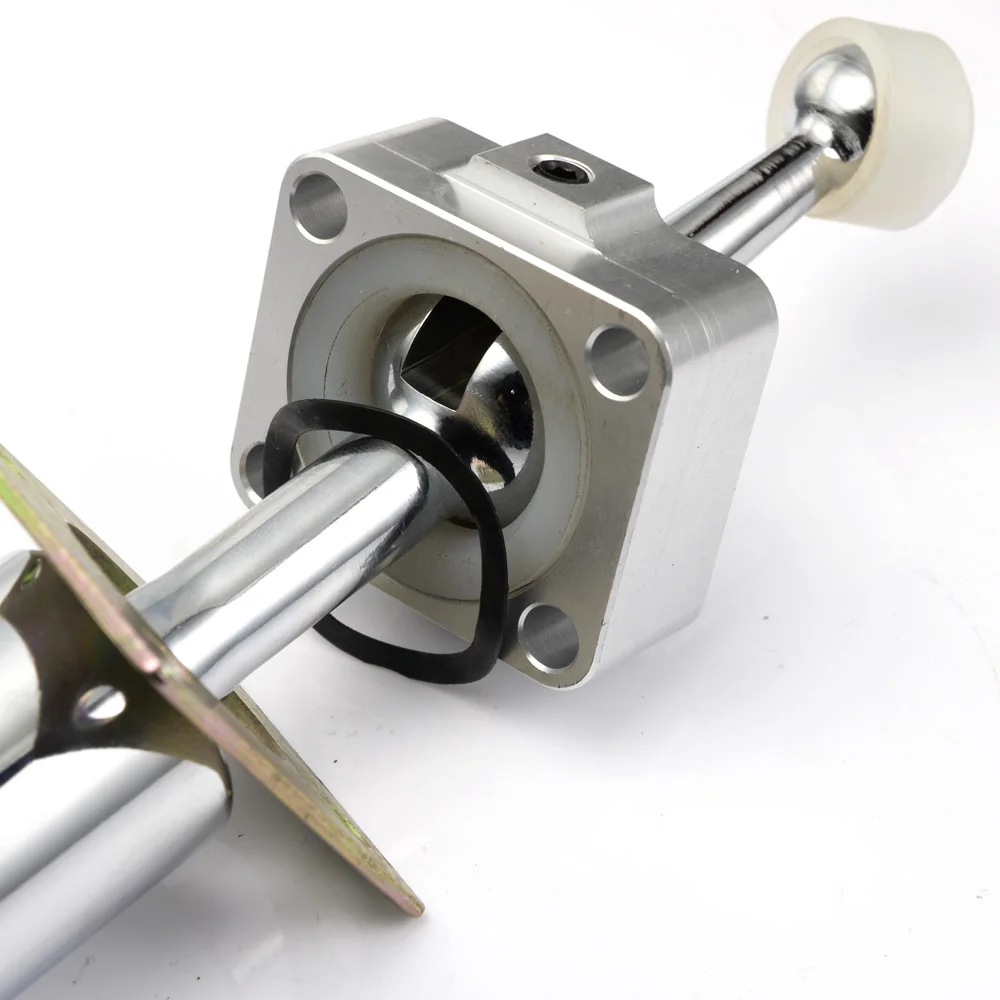

Whether in a clinic, hospital, or school setting, Quickshifts can be an appropriate therapy tool. Quickshifts can be used in a variety of environments.However, an individual may listen on an as-needed basis or prior to activities or events that are typically challenging (e.g., math class, gym, work, after lunch, etc). An individual may use Quickshifts in a similar fashion to other auditory intervention tools (e.g., Therapeutic Listening) and may listen 1-2 times daily at designated times. Listen to Quickshifts once or twice daily or as a preparatory activity.Try these headphones from Vital Sounds or any over-the-ear headphones will work. Although, using speakers is also acceptable. Listening over headphones (circumaural only, no earbuds) is preferred.Each album has a slightly different duration, usually ranging from 15 minutes up to 22 minutes. Listen to Quickshifts from start to finish.Here are some general guidelines and standard practices. The timing and frequency with which a person will listen to an album will depend on many individual factors. There is no single correct way to use Quickshifts. Quickshifts have been used to address a wide range of functional or sensorimotor challenges including (but not limited to): Quickshifts can be used by individuals throughout the lifespan and for those who may or may not have a specific diagnosis. Who can use Quickshifts?īecause Quickshifts are intended to support the underlying factors that influence function, these tools can be used by a vast array of people. Finally, unlike some therapy tools, Quickshifts have the capacity to produce immediate changes in performance and function. The musical selection found at the beginning of an album may be strategically different than the middle or ending compositions. The music within each Quickshift album has not only been selected based on unique musical qualities but has also been carefully sequenced to optimize its therapeutic benefits. One of their most unique qualities is that these sound tools incorporate the understanding of auditory-motor entrainment and binaural beat technology to influence neuronal communication, behavioral states, and specific targeted outcomes. Although auditory-based in nature, Quickshifts harness the power to facilitate functional improvement in a variety of areas that may affect an individual at home, school, work, or in the community.Īlthough a number of sound-based interventions are currently available, there are several hallmarks that set Quickshifts apart. Quickshifts are a group of sound-based tools that were developed out of a sensory integrative treatment framework. Thus, the use of auditory-based therapy tools may be used to support improved sensory processing and integration-ultimately enhancing function. Just as the vestibular, somatosensory, and visual systems play significant roles in sensory integrative treatment, the auditory system has widespread connections to the brain and entire body. Jean Ayres and many others, we have learned that the way in which we take in, process, and adapt to sensations within our internal and external environments has a direct impact on functional skills and occupational performance. Through the dedicated work of Sensory Integration Dr. Quickshifts An Introduction to Quickshifts ®


 0 kommentar(er)
0 kommentar(er)
